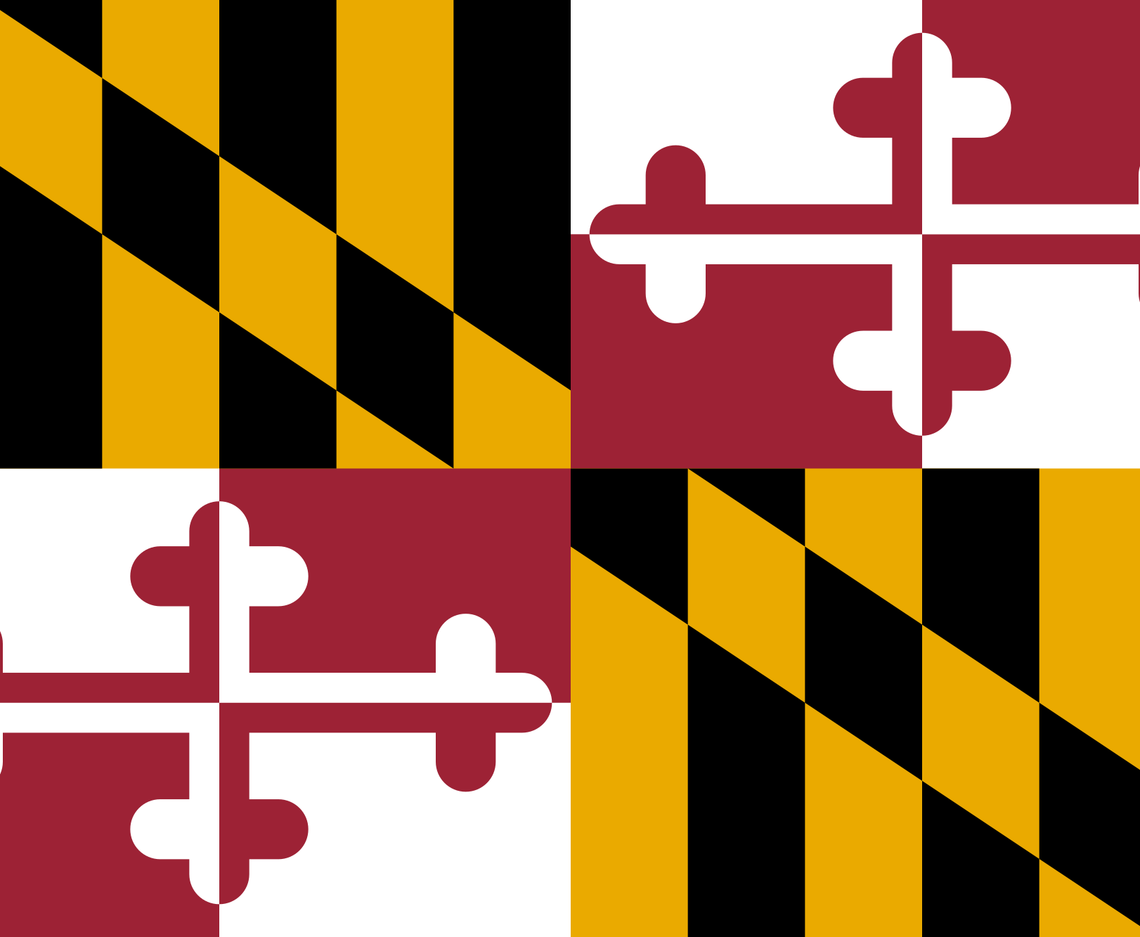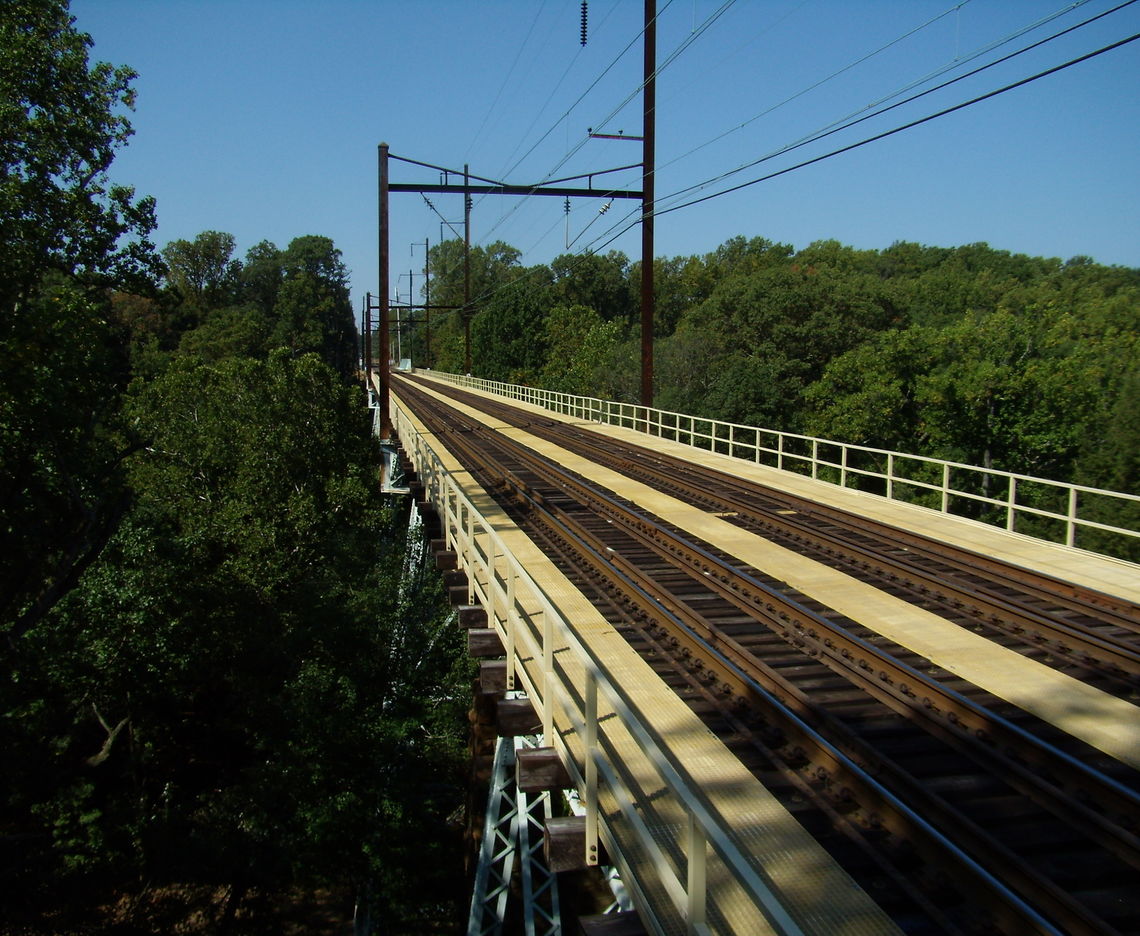
2021 MUNICIPAL TRENDS ON THE RISE
We asked our experts about the top municipal trends they’re seeing in 2021. To learn more, connect with our contributors on LinkedIn or get in touch via the contact form below.
1. Active Transportation and Parks Design
During social distancing, active transportation and recreational facilities have proven to be a safe and crucial outlet for many communities. The increase in usage of these destinations is quite dramatic, and we’re seeing it firsthand on our projects. The Delaware Valley Regional Planning Commission’s (DVRPC) trail counter, which tracks usage of the Chester Valley Trail, recorded a 63% increase in 2020 over the prior year. More significantly, usership in January 2021 increased by 70% as compared to January 2020. A byproduct of increased use of trails and outdoor recreational amenities is growing the demand for vehicle-less access to parks. We see municipalities investing in connecting infrastructure through bike lanes, sidewalks, and side paths as opposed to roadway improvements.
- Tiffany McClure, PE – Project Manager, Transportation Engineering
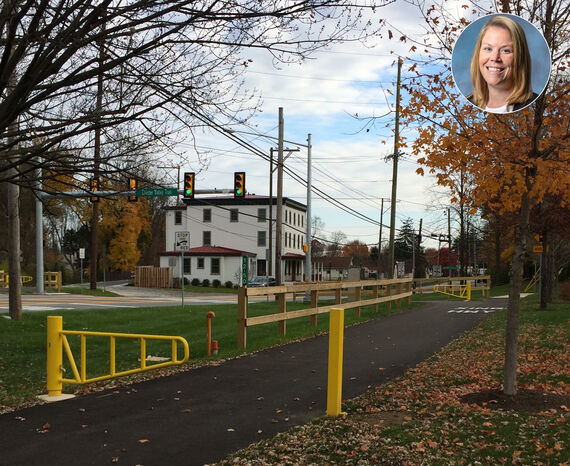
2. Proactive Bridge Inspections
According to the American Society of Civil Engineers' (ASCE) Report Card for America's Infrastructure, there are 617,000 bridges in the United States, and 42% of them are at least 50 years old. Repair needs for the nation’s backlog are estimated to be $125 billion. Proactive bridge design and inspections can help to identify developing problem areas in their early stages, allowing for active preservation efforts and rehabilitation when possible, rather than more costly full replacements. Bridge inspection and non-destructive testing techniques are continually evolving, including the use of drones to gather data. Not only is rehabilitation often the most affordable solution, but as in the case of 117-year-old Zettlemoyer’s Bridge in Berks County, PA, saving a bridge means retaining a piece of America’s history.
- Jen Payne, EI, CBSI – Senior Project Manager, Transportation Inspection
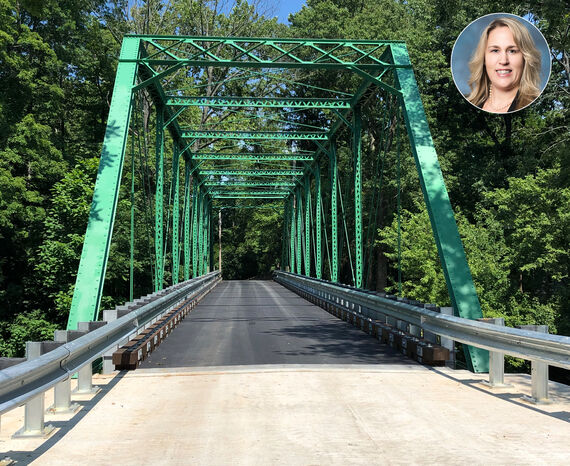
3. Municipal Separate Storm Sewer System (MS4)
Municipal Separate Storm Sewer System (MS4) permits are issued under the National Pollutant Discharge Elimination System (NPDES) Program through the Pennsylvania Department of Environmental Protection (PA DEP). The MS4 permit has six elements termed “Minimum Control Measures” (MCMs) that when followed will result in significant reductions in pollutants into receiving waters. The six MCMs are Public Education and Outreach; Public Participation/Involvement; Illicit Discharge Detection and Elimination; Construction Site Runoff Control; Post-Construction Runoff Control; and Pollution Prevention/Good Housekeeping. We help municipalities achieve these goals through efficient data management using geodatabases in addition to leveraging funding opportunities with resiliency initiatives to incorporate MS4 into more traditional infrastructure projects.
- Nate Lehigh, PE – Manager, Water Resources
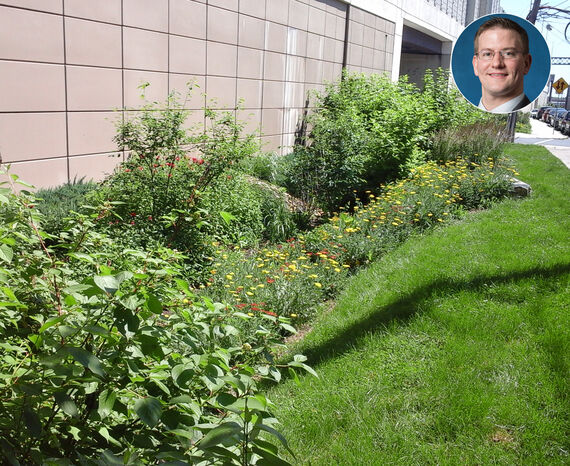
4. Distribution Center Traffic Studies
The world of warehousing and distribution centers was already struggling to keep pace with increasing demand prior to the pandemic. According to United States Department of Commerce data, online spending represented 21.3% of total retail sales in 2020, compared to 15.8% the year prior. These new behaviors are expected to stick around for the foreseeable future and continue to drive demand for expanded distribution capability in local communities. Just in the past six months (late 2020 into early 2021), we have reviewed a number of new warehouse and distribution center plans and traffic studies for PennDOT, Montgomery County, and Middletown Township. Trip generation can vary significantly depending on the facility. Studies such as these provide communities with early insight about expected local traffic impacts from facilities so they can make critical decisions during the planning phase.
- Andy Parker, PE, PTOE – Manager, Traffic Engineering
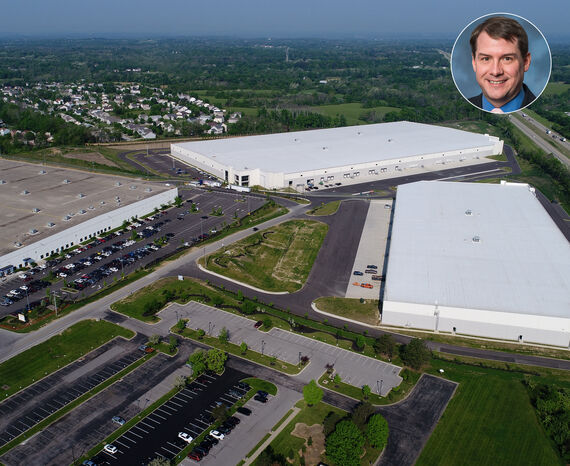
5. GIS Applications
More and more local and state governments are moving away from spreadsheets and migrating their data to GIS solutions that have become easier than ever to implement. From web mapping to dashboards to integrated field applications, there are several ways GIS can improve efficiency and empower managers. Our GIS team recently developed a web and mobile app for Lancaster County, PA to share their Active Transportation Plan with the public. The New Jersey Department of Transportation took a similar approach to employ a suite of GIS tools that support local aid grant funding, and the Three Rivers and Gills Creek Watershed in South Carolina is now making use of a public web survey and web mapping.
- Joe Knieriem – Manager, GIS Services
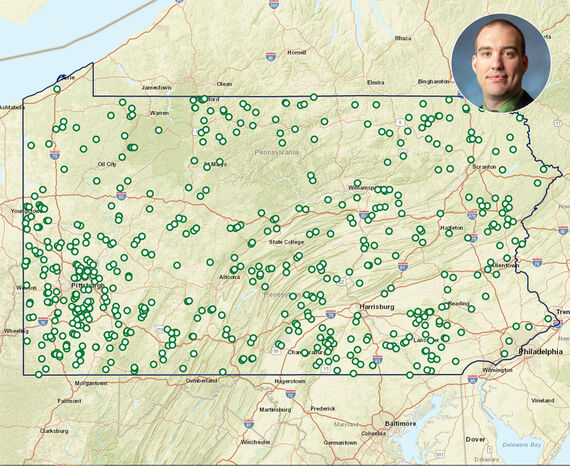
6. Construction Safety Innovation
When the pandemic hit, construction projects shut down in many areas and normal operations largely ceased for contractors, material suppliers, trucking companies, and construction management/construction inspection (CM/CI) professionals like us. What happened next was as much about creativity as it was construction. Masks became SOP, sanitizer became as prevalent on work sites as the yellow water coolers on the back of a foreman’s truck. Paper documents that were normally hand-delivered now get emailed, and concrete strength testing sites are live-streamed. Our company developed a mobile-friendly safety application that allows personnel to check in and out of job sites, complete safety checklists, and aid in contact tracing. Some of these innovations will have a long shelf life beyond the pandemic because they help us all to work smarter and safer.
- John Bush, PE – Senior Transportation Engineer
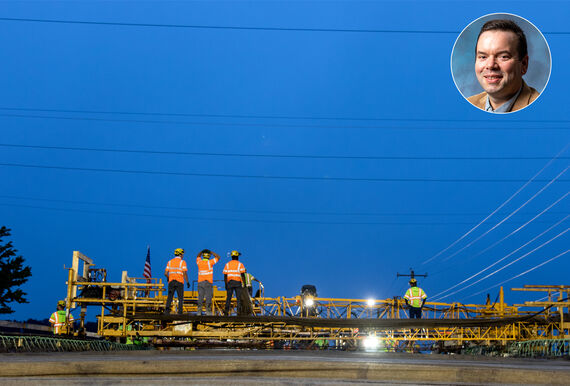
7. Community-Based Planning
Municipal planning is personal for residents where local decisions are made close to home. This is especially true in Pennsylvania, where the city, township, or borough are responsible for enacting local land-use regulations. We know that engaged residents are much more likely to understand, participate in, and support their community's planning goals. While the pandemic initially posed many challenges to planning and outreach norms, it also led to the rapid adoption of Virtual Public Involvement (VPI) practices. McCormick Taylor developed a VPI web application that’s user-friendly and highly accessible to allow local governments to inform and engage audiences online. Evolutions like this and hybrid virtual/in-person meetings are expected to outlast the pandemic as they make public involvement richer, more convenient, and more widely accessible.
- John Mullen, AICP, PP – Assistant Director, Planning and Communications Services

8. Creative Funding Solutions
With current funding shortages around the country, municipalities are getting creative. Grant funds from a variety of sources are an excellent avenue to either fill funding gaps or fund entire projects. At first glance, some grant match requirements may appear cost-prohibitive. In my experience, your search strategy is often the key to success. For example, some grant requirements are more flexible and allow for either monetary or equivalent requirements, such as staff time and design costs. Once you know what’s possible and have a solid search process, it’s far easier to secure funding that suits your needs.
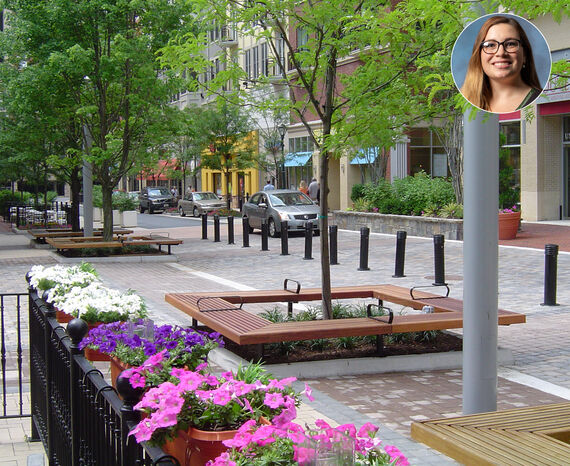
9. User Experience (UX) Design
It’s exciting to see local governments adopt user experience design practices in their websites and applications. UX design puts people, a.k.a. users, first. Usability.gov defines user experience as “having a deep understanding of users, what they need, what they value, their abilities, and also their limitations.” In practice, UX is one part design, one part psychology. In order to develop a truly useful website or application, you must first determine who your users are, what they need, and how they interact with technology. The result of a robust UX approach is a well-informed, easy-to-use, and intuitive product built on a foundation of research, not assumptions.
- Justin Brugler – Creative Development Manager

Contact us
We are always happy to connect. Reach out if you have any questions or interest in scheduling a lunch and learn about any of these topics.
